When observed from space at night, most cities look very similar.
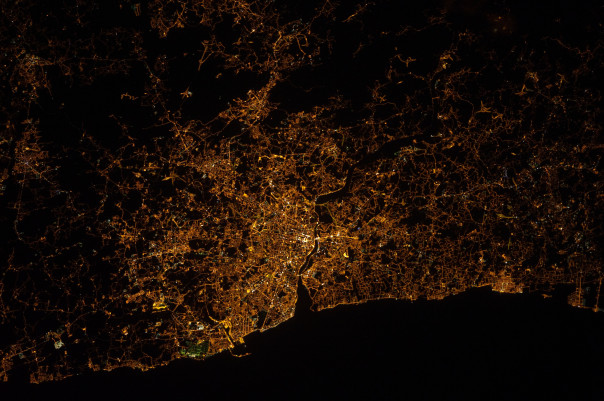
Porto, Portugal
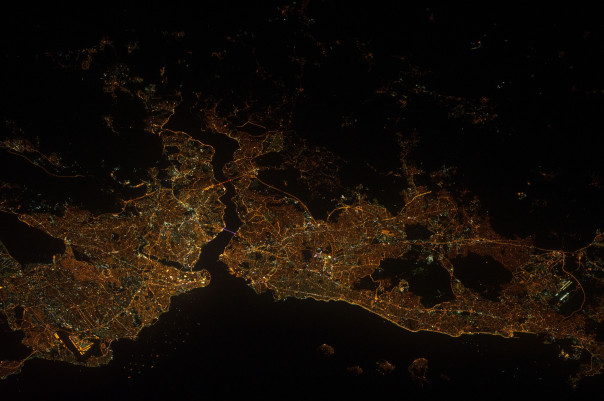
Istanbul, Turkey
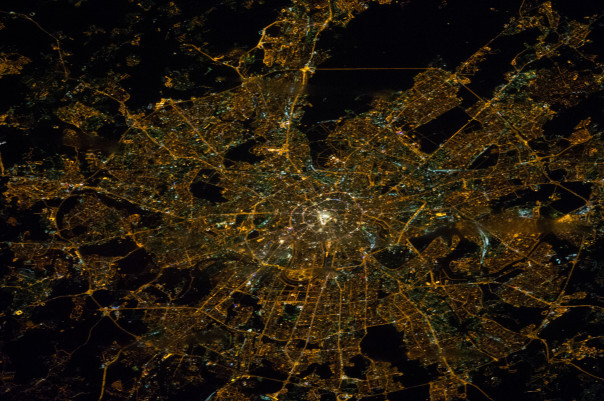
Moscow, Russia
But Tokyo looks very different.
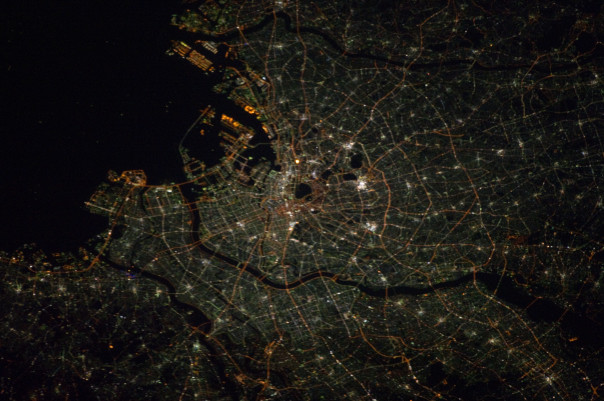
Unlike most major cities, Tokyo still uses mercury-vapour lamps (which were invented in 1901) rather than sodium-vapour lamps (which were invented in 1920) for its street lighting. The spectra of light emitted by mercury- and sodium-vapour lamps are very different:
![]()
![]()
Above: the sodium spectrum; Below: the mercury spectrum.
The overall colour of light produced by a sodium-vapour lamp is a bright yellow,* whereas the colour of light produced by a mercury-vapour lamp is a bright turquoise-white.
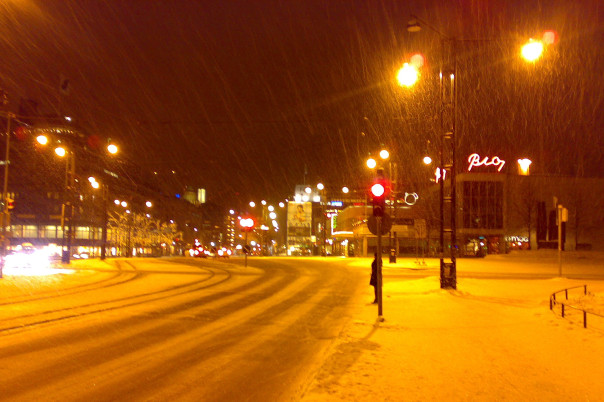 Source: naystin
Source: naystin
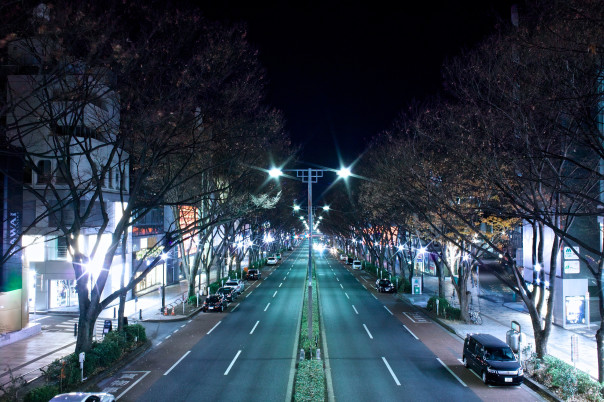 Source: sinkdd
Source: sinkdd
In the photographs above, Helsinki (top) is using sodium-vapour bulbs for its street lighting (though it still has some mercury-vapour lamps it is replacing those), and Tokyo (bottom) is using mercury-vapour bulbs. In Berlin, the division between the old East German and West German parts is still visible from space due to the different types of bulbs used in their streetlamps.
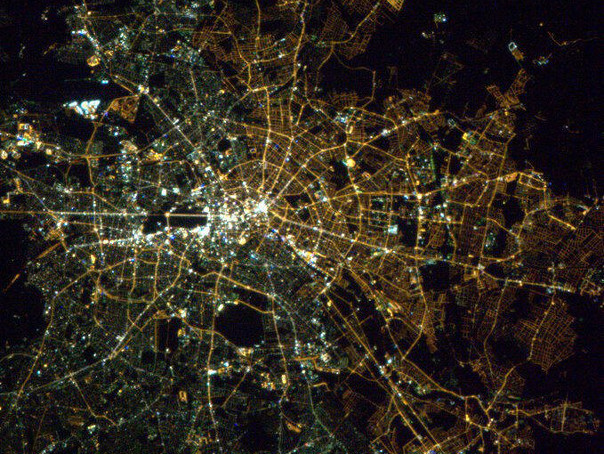
West Germany (on the left of the image) uses mercury-vapour bulbs, and East Germany (on the right) uses sodium-vapour bulbs.
* Light from a sodium-vapour lamp is almost monochromatic, at 589.3?nm. Optical telescope users prefer sodium-vapour light pollution because it is easier to filter out.